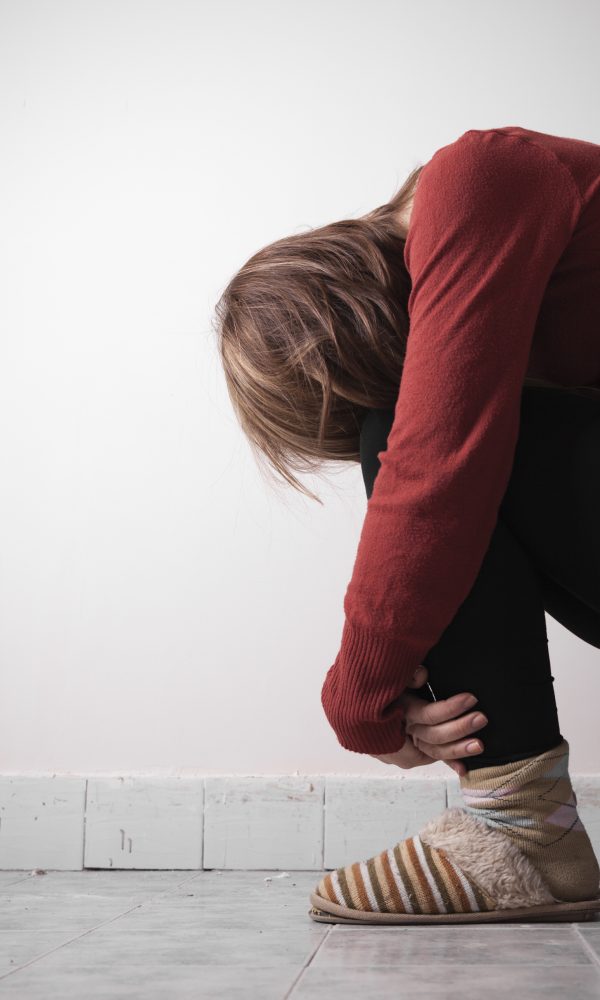Kadian is the brand name medication containing morphine as an extended release capsule. The drug can be used to treat pain, but many individuals, unfortunately, misuse it in order to get high. This type of abuse can quickly lead to addiction, among other serious psychological and physical side effects. Call 800-442-6158 Who Answers? today to find treatment for opiate addiction and to begin a safe, effective recovery.
Understanding Kadian
According to DailyMed, “Kadian is an opioid agonist product indicated for the management of moderate to severe pain when a continuous, around-the-clock opioid analgesic is needed for an extended period of time.” The drug is extremely effective for pain management and is safe as long as users take it exactly as prescribed. This means one must never:
- Take it more often than prescribed
- Take it in a different way than prescribed (ex. crushing the capsules)
- Take it in larger doses than prescribed
- Take it without a doctor’s prescription
When someone does participate in these behaviors, they are abusing the drug, which can lead to serious consequences. Unfortunately, morphine abuse is prevalent among opioid addicts and can cause an addiction syndrome of its own that is extremely dangerous.
Kadian Side Effects
Kadian, like other forms of morphine and many other opioids, causes drowsiness and fatigue, even when taken as prescribed. This is why doctors warn patients not to drive or participate in other activities requiring intense concentration while they are on the drug. According to the National Library of Medicine, other common side effects of Kadian include:

Mood changes are a common side effect of Kadian.
- Stomach pain and cramps
- Dry mouth
- Headache
- Nervousness
- Mood changes
- Small pupils
- Difficulty urinating or pain when urinating
Most of these side effects will go away on their own. However, if you are experiencing any effects that do not go away or become worse the longer you take Kadian, it is important to speak with your doctor right away. Morphine in its extended release form causes many of the same side effects that other opioids cause, and this means that the drug can create serious side effects and risks as well.
Dangers of Kadian Use
Overdose is one of the most serious dangers of Kadian use. Many people do not realize that they are taking doses that are too high, and this can be life threatening. Therefore, if you are prescribed Kadian, it is always necessary to ensure that you are taking the right doses of the drug at all times.
The symptoms of a morphine overdose include:
- Blue or purple tinted skin, nails, and lips
- Delirium
- Extreme fatigue or drowsiness
- Coma
- Slowed or stopped breathing
In addition, a person taking Kadian is also at risk of worsening issues with existing depression or forming depressive symptoms. Anxiety issues can also occur if a person is taking high doses of the drug. It is important to tell your doctor before you begin taking the drug if you have a history of anxiety or depression issues and to speak to your doctor immediately if you feel that your use of the drug is leading to serious psychological effects like these.
Other potential side effects associated with Kadian that can be dangerous include:
- Dizziness
- According to the US Food and Drug Administration, dizziness was one of the most common adverse reactions reported by chronic pain cancer patients using Kadian.
- Hallucinations
- Hypotension
- Hypertension
- Confusion
- Amnesia
- Insomnia
- Back and bone pain
- Irregular menstruation
- Inability to get or keep an erection
- Decreased sexual desire
- Nausea and vomiting
- Seizures
Kadian Dependence and Withdrawal Symptoms
According to the National Institute on Drug Abuse, drugs like Kadian, when taken under a doctor’s care, can still cause dependence and tolerance without causing addiction. “Different parts of the brain are responsible for the addiction and dependence to heroin and opiates,” so it is likely that, even if you take the drug as prescribed, you will become dependent on it.
If you do take Kadian for a long period of time, consistently and often, you will need to be weaned off the drug safely in order to avoid any serious withdrawal symptoms. Withdrawal from opioid drugs feels similarly to a bad case of the flu and can be very uncomfortable and frightening if you are unaware of what you are experiencing. It can also be extremely painful because your body’s tolerance for pain will have diminished by being consistently managed on an opioid drug.
Some of the common withdrawal symptoms associated with morphine and other opioid drugs include
- Agitation
- Bone, joint, and muscle pain
- Anxiety
- Depression
- Fever
- Goosebumps
- Runny nose
- Yawning
- Abdominal pain
- Nausea
- Vomiting
- Sweating
As stated above, those who are dependent on opioids must be weaned off the drug in order to avoid these effects. This should also be done under the care and supervision of a doctor. While this is effective for those who are only dependent on the drug, those who have been abusing it will require additional treatment.
Kadian Abuse

Someone who abuses Kadian may become apathetic toward things they used to enjoy.
As stated by the National Highway Traffic Safety Administration, morphine is actually the natural substance from which heroin is synthesized. As a result, many heroin addicts will attempt to steal, buy, or otherwise illicitly obtain morphine in order to stave off heroin withdrawal symptoms and get the high they crave. They may not always experience the effects they want, but most opioid addicts will use any drug they can in order to maintain themselves and avoid withdrawal.
Kadian is stronger than other, immediate release morphine drugs because it is meant to release the drug slowly in the body over a period of time. Most individuals who abuse Kadian will crush, chew, or dissolve the pellets in the capsule in order to bring on all the effects of the drug at once. This is highly dangerous, however, and can lead to an overdose.
Those who abuse Kadian are likely to become addicted. Some of the strongest signs of morphine abuse include
- Hiding prescription bottles, pills, etc. in places where no one looks
- Behaving secretively
- Becoming hostile when asked about drug use
- Becoming apathetic toward activities, people, etc. that used to be important
- Performing poorly at school and work, often getting reprimanded
- Suffering severe financial problems
One of the most dangerous issues associated with prescription opioid abuse is, if a person starts out taking these drugs, they may turn to heroin use eventually. According to the NIDA, “Nearly half of young people who inject heroin surveyed in three recent studies reported abusing prescription opioids before starting to use heroin.”
Kadian Addiction and Treatment
Kadian addiction is a serious issue, not just because it can lead to heroin abuse, but because a person can also overdose on morphine and experience a number of serious side effects caused by taking large doses of the drug. Therefore, treatment in a rehab center is absolutely necessary for Kadian addiction recovery.
Like with most drugs of abuse, Kadian addiction can be treated with a combination of evidence-based practices, including medication and behavioral therapy. These two programs often work best when they are used together in an individualized treatment program that takes the patient’s needs into account.
Medications available for the treatment of Kadian addiction include
- Methadone: Methadone can be effective for treating individuals with severe dependencies. Many morphine addicts require treatment with a drug as strong as methadone. Often, patients are put on a dosage that controls their withdrawal symptoms and cravings, and many individuals stay maintained on the drug for months or even years as a treatment option.
- Buprenorphine: Buprenorphine is a partial opioid agonist, which makes it safer in relapse situations and its ceiling effect protects users from overdosing on the drug (Substance Abuse and Mental Health Services Administration). As a result, patients can receive the drug in a doctor’s office instead of only in a specialized clinic like methadone.
- Naltrexone: Those who are highly motivated to quit can often fare well with naltrexone, but many stop using it because of its harsh effects. Still, the drug can be beneficial for certain populations, and those who take it as prescribed will never relapse.
Behavioral therapy provides patients with the tools they will need to live in recovery. It allows them to avoid negative behaviors and thought patterns and to build better, healthier ones. It can also help patients avoid triggers, learn to cope with cravings and stress, and rebuild their self-esteem. Some of the common behavioral therapies used in opioid addiction treatment include
- Cognitive-behavioral therapy
- Group therapy
- Motivational enhancement therapy
- Contingency management
- Family therapy
Seek Help for Opiate Addiction Now
Kadian can be a helpful, effective medication for pain management, but those who abuse it put themselves in danger of serious effects like addiction. If you are suffering from opioid abuse and addiction, call 800-442-6158 Who Answers? now. We will match you with the best rehab program for your needs and help you begin your journey of recovery.












